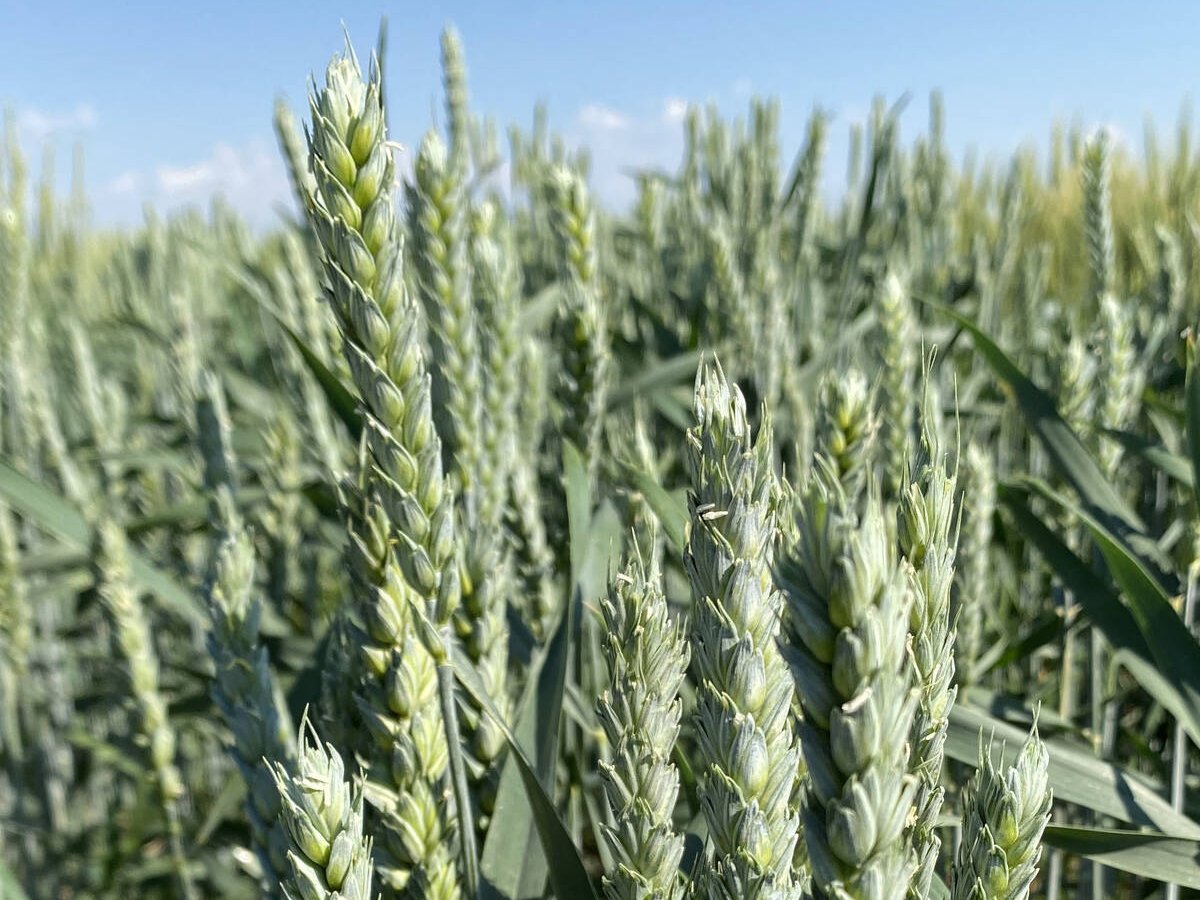New technology Canadian dairy sector is already profiting from genomics as country’s top rated dairy cow sold for $410,000 last year
EDMONTON — It has been only five years since the DNA of a Hereford cow named L1 Dominette D1449 was sequenced.
Unlocking that information is expected to improve human health and plant and animal production.
Its practical use was discussed at the annual Livestock Gentec conference held in Edmonton Oct. 22-23.
Gentec is based at the University of Alberta and collaborates with universities, research networks, livestock industry associations, government agencies and private companies from around the world.
The dairy sector has quickly adopted that knowledge and the rewards have been huge, said Michael Bishop of Illumina, a California company formed in 1998 to examine DNA for research, agriculture, human health and forensics.
Read Also

Discovery promises big wheat yield gain
University of Maryland researchers have discovered a gene that produces three grains per wheat floret instead of the usual one.
The Canadian dairy industry reaps an annual $209 million benefit from genomics.
“The early adopters get on board and take a greater risk and they get a greater reward,” Bishop said.
The first Holstein heifer with genomic information sold for $100,000 at four months of age, and the values have continued to escalate.
Canada’s number one rated dairy cow, O’Connors Planet Lucia, sold for $410,000 last year.
Vintage Angus Ranch in California sold a half interest in an Angus bull Oct. 13 for $330,000 to a buyer from Virginia. Bishop said it is considered the best genomic bull in the breed.
He said those with vision and planning can use special matings and in vitro fertilization to combine the best of the best and make considerable genetic progress within a generation.
“We have been able to demonstrate we are able to make this genetic progress very quickly,” he said.
However, progeny testing must continue because other factors such as feeding and how an animal is raised can also affect the final outcome.
“We are going to see more progeny testing in addition to these technologies because not all horses ride in the same direction,” he said.
Genomic testing has provided considerable information about the biology of cattle, but there are many unanswered questions about the wide variation that exists, said Paul Stothard of Livestock Gentec.
“The sequences of just one animal can’t begin to understand what specific DNA leads to so much variation,” he said.
This knowledge can be applied to a large set of animals once it is available, and genetic merit can be predicted more accurately.
It can also predict multiple traits and allow producers to rank animals with a fair degree of accuracy. Tests also have to be reasonably priced.
“People also need to understand it is not genetic modification but capitalizing on genetic variation,” said Peter Fennessy of AbacusBio, a New Zealand technology transfer firm.
Producers need to see economic benefits from the technology, such as improved feed efficiency so that their animals cost less to maintain.
A cost benefit analysis from AbacusBio found slight improvements in income from the cow-calf producer to the processor.
Fennessy said Canadians are well positioned to reap the benefits because breed associations already have good information on phenotypes and well designed breeding programs.
“In Canada, genetic improvement finds its way quite quickly into the field. It is not the same everywhere,” he said.
There is little incentive to invest in genomics if the cow-calf producer does not see much return to his bottom line.
However, the success of some producers using targeted genetic selection could be enough to encourage others to try it.
“Genomics will change the industry in many ways, and I can guarantee you will be surprised,” Fennessy said.















